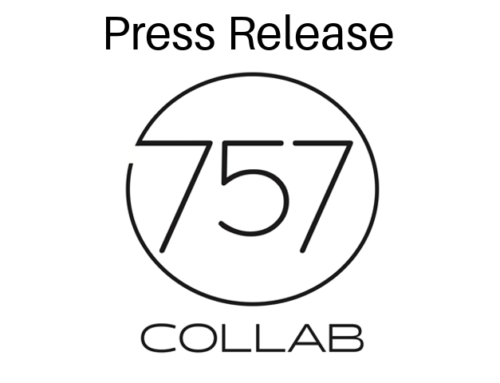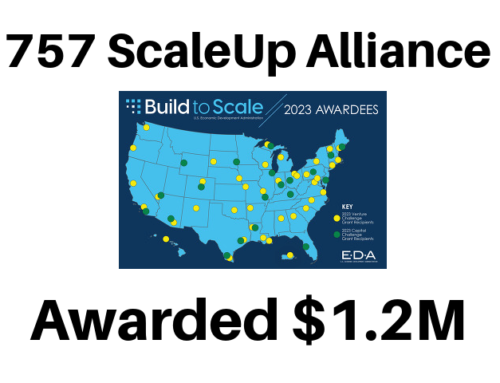From HRSBDC By Mike Austin
The PPP forgiveness process can be just that….a process. To date, the SBA has not provided significant guidance on how borrowers can apply for forgiveness and even less guidance for the appeals process if forgiveness is denied.
To date, the SBA made a total of 11.2 million PPP loans for approximately $788.1 billion, and of those loans, 3.1 million loans have been forgiven, with an additional 182,000 still under review. Ultimately there will be forgiveness applications that will not be forgiven, and for those borrowers, the following steps may be needed to be taken to seek resolution of the forgiveness process. This includes:
- The first level of denial can come from the lender. If that happens, the borrower can appeal their lender’s decision with the SBA by requesting that the agency review the lender’s decision
- If the agency denies forgiveness, the borrower has 30 days to appeal the decision to the SBA’s Office of Hearings and Appeals (OHA). This will require the borrower to compile a significant amount of financial and other documents that support forgiveness of the debt
- If the borrower believes the OHA decision is incorrect, they can file a challenge in a federal district court, and if needed, can seek redress in the court of appeals, followed by the US Supreme Court
- Borrowers are advised that the SBA will not likely reverse their denial unless they provide a significant amount of supporting documentation
- If the SBA is considering full denial, the borrower will have only 10 days to provide a “document dump” to support their case
- If denial occurs, it is also recommended that borrowers seek legal and/or accounting assistance in creating a 3rd party memo supporting the necessity of the loan
- Finally, the appeals process, like many aspects of the approval process for PPP loans is subject to change by the SBA at any time, which could impact this guidance. Also, the appeals process could take years to negotiate
As the SBA updates the forgiveness process, we will keep you posted.






